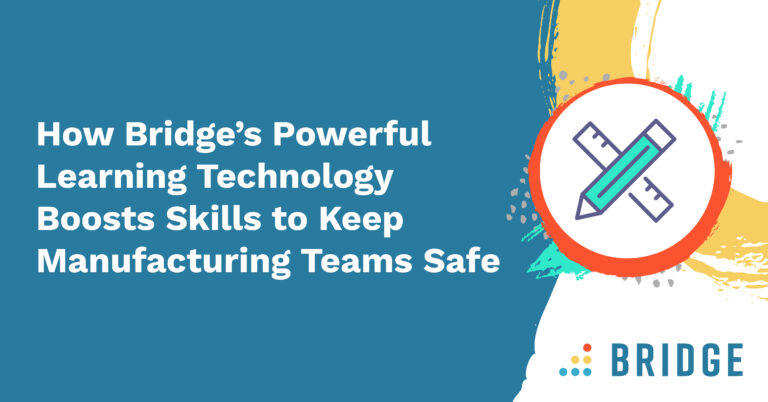As business leaders and workers around the world continue to develop new ways to overcome the challenges of working, companies must work harder to keep employees engaged and productive. However, many business leaders have started taking a different approach, one that’s people-centric and focused on identifying the hidden talents our employees possess.
As a lifelong learner and someone passionate about learning and development, I’ve long shared the notion that L&D professionals can and should accelerate talent mobility endeavors. One way we can accomplish this is by encouraging a culture of continuous learning throughout an employee’s journey with the company.
With everything up in the air nowadays, workers may be feeling less secure in their professional lives, creating an urgent call to action for talent leaders.
So, how can organizations achieve a deeper view of the different variables that influence talent and potential in the workplace? How can they gain visibility that will allow L&D professionals and business leaders to take an iterative and collaborative approach to develop new processes?
The answer may, in fact, be right under our noses.
Make Discussions Happen in the Workplace
Instead of forcing prescriptive compensation plans, learning courses, or job descriptions on employees, a culture rooted in talent mobility allows for discussions to happen between employees and employers. This type of open communication in the workplace can help organizations realize the mutual benefits based on skills, talents, interest, and desired outcomes.

Create Harmony Between Employers and Employees
We’ve learned that the younger generations in our workplaces are more curious, creative, and looking for context or purpose when they go to work.
Business leaders and L&D professionals can use talent mobility initiatives to build on these characteristics. Creating an organizational culture allows employees to provide their input in new ways and leverage their interests while ultimately helping the employer to better understand how each worker can best support the business.
With this context, there is a greater appreciation for the work that needs to be done. This creates a perfect harmony between the employee and employer to achieve the tasks at hand, and in the future. A talent mobility strategy synthesizes the employees’ skills and the needs of the organization to optimize how and when goals are achieved.
Motivate People to Engage With Learning Initiatives
We know that when workers are told to complete a course, many of them tend to procrastinate and then rush through it. Without context or interest, learning simply isn’t engaging to most employees. In the previous section, we discussed the importance of context and how it lends itself to a stronger relationship between employee and employer.
Accommodating for interest will continue to build that relationship.
When employees can apply their outside or peripheral interests to the mission of the organization, they are willing to extend themselves, contribute more creatively, and be more invested in the outcomes. Talent mobility strategies collect interests, suggest projects to incorporate those interests, and connect employees with others in the organization who have similar interests.

YOU MIGHT ALSO LIKE | ‘How to Create an Effective Skills Matrix With the Help of AI-Based Skills Suggestions’
See the Impact of Talent Mobility
For decades, learning professionals have made many attempts to measure the impact of learning programs. From Kirkpatrick’s Four Levels of Evaluation and Jack Phillips’ Level 5 ROI to annual compliance reports, we’re constantly searching for ways to justify learning investment. Talent mobility gives learning “context”. It helps answer the question of why people need to, or should want to, learn. Moreover, the career enhancements that result from it are the proof that skill development pays off.
Reduction in turnover, an increase in employee engagement, and an overall improvement in productivity resulting from a successful talent mobility strategy is the ultimate payoff to “why” learning investment is essential in the workplace.
RECOMMEND FOR YOU | ‘Improve Your Skills Strategies: 6 Ways of Harnessing the Power of Collaborative Learning’
Editor’s note: A version of this article was previously published on PeopleFluent & Training Magazine.



